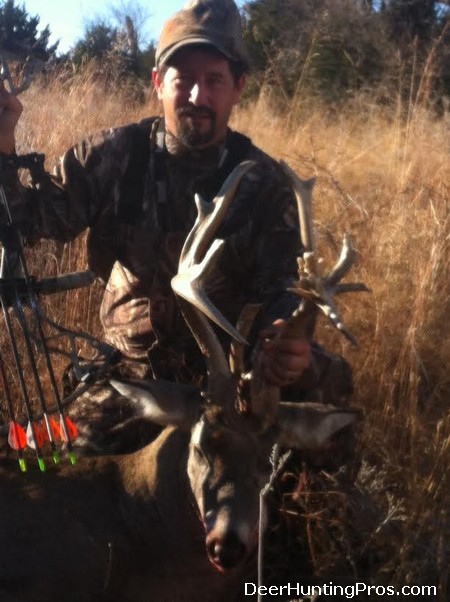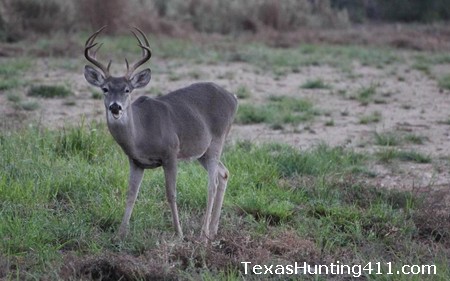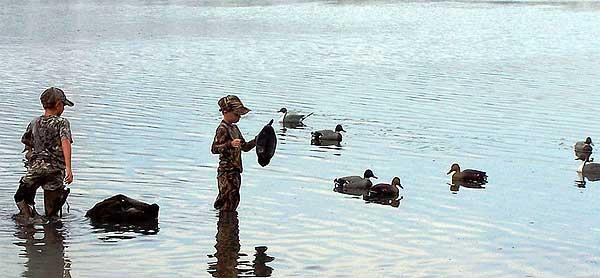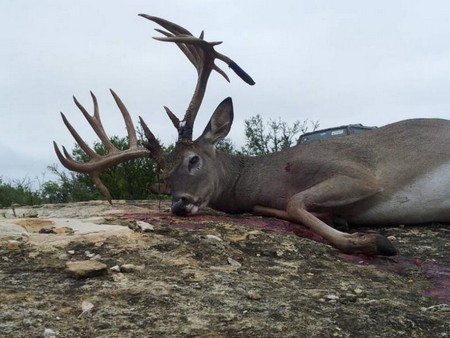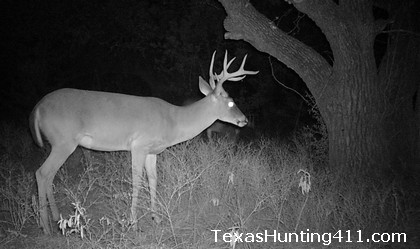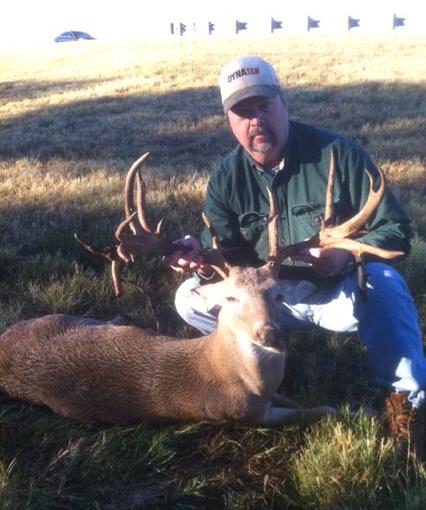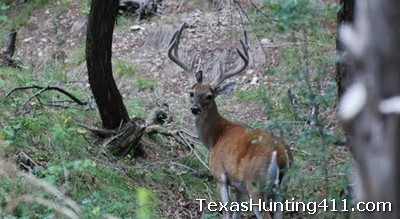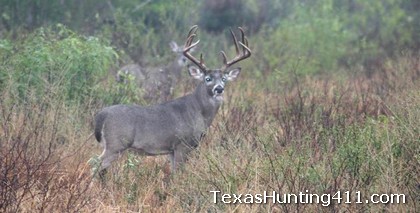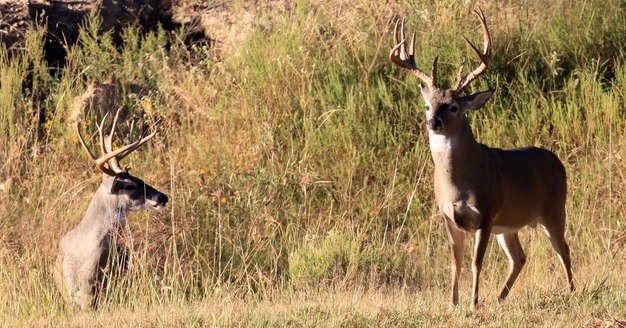Although hunters take every precaution to make good shots resulting in clean kills while deer hunting, it is inevitable that there will be times that deer must be tracked for longer than expected distances. Tracking wounded deer with dogs is an effective way to locate deer, and it’s commonplace in most areas. In East Texas, however, dogs have been banned for some time, but now Texas Parks & Wildlife Department (TPWD) is revisiting this regulation. Hunters could use dogs to trail a wounded deer in 12 counties in East Texas, a practice that has been prohibited in this area of the state since 1990, under a proposal being considered by TPWD.
A series of public meetings will be held to provide details of the proposal and give the public an opportunity to comment. The Texas Parks and Wildlife Commission is expected to take action on the proposed change at its August 22. In 1990 TPWD adopted rules prohibiting the use of dogs to trail wounded deer in 34 East Texas counties. The rule making was necessary because the department determined that dogs were being used unlawfully for deer hunting, which was causing depletion of the resource.
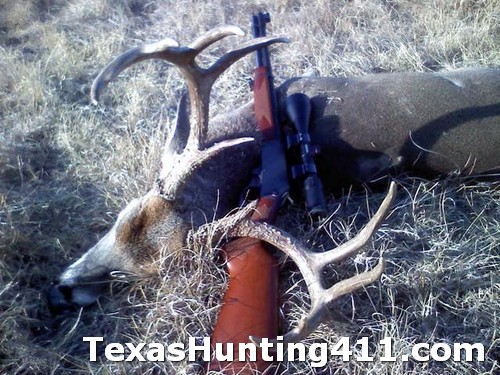
By 2000, TPWD determined that the practice of using dogs for whitetail hunting had declined to the point of being nonexistent in some of those counties and removed the prohibition in 10 of those East Texas counties. TPWD now believes the prohibition could be lifted in an additional 12 counties, including: Harris, Harrison, Houston, Jefferson, Liberty, Montgomery, Panola, Polk, Rusk, San Jacinto, Trinity, and Walker.
Details about the proposal, along with an opportunity to provide public comment, can be found online. TPWD says that comments may also be made in writing to Robert Macdonald, TPWD Regulations Coordinator, 4200 Smith School Rd., Austin, TX 78744, in person at any of the following public hearings or at the TPWD annual public hearing on August 21 at 2 p.m. at the above address.
TPWD Public Hearing Calendar for East Texas Deer Hunting Regulations
- Tuesday, July 30 in Woodville at the Woodville Elementary School Community Room, 306 Kirby Drive.
- Wednesday, July 31 in Lufkin at the Angelina County Courthouse District Courtroom, 215 East Lufkin Avenue.
- Thursday, Aug. 1 in Hemphill at the Sabine County Courthouse District Courtroom, 201 Main Street.
All meetings are set to begin at 6 p.m. each evening. At the conclusion of each public hearing, wildlife officials will conduct a brief presentation on deer management and hunting regulations in the Pineywoods. TPWD staff will present information related to regulations and data collection and take questions regarding deer management, deer hunting and regulations.
